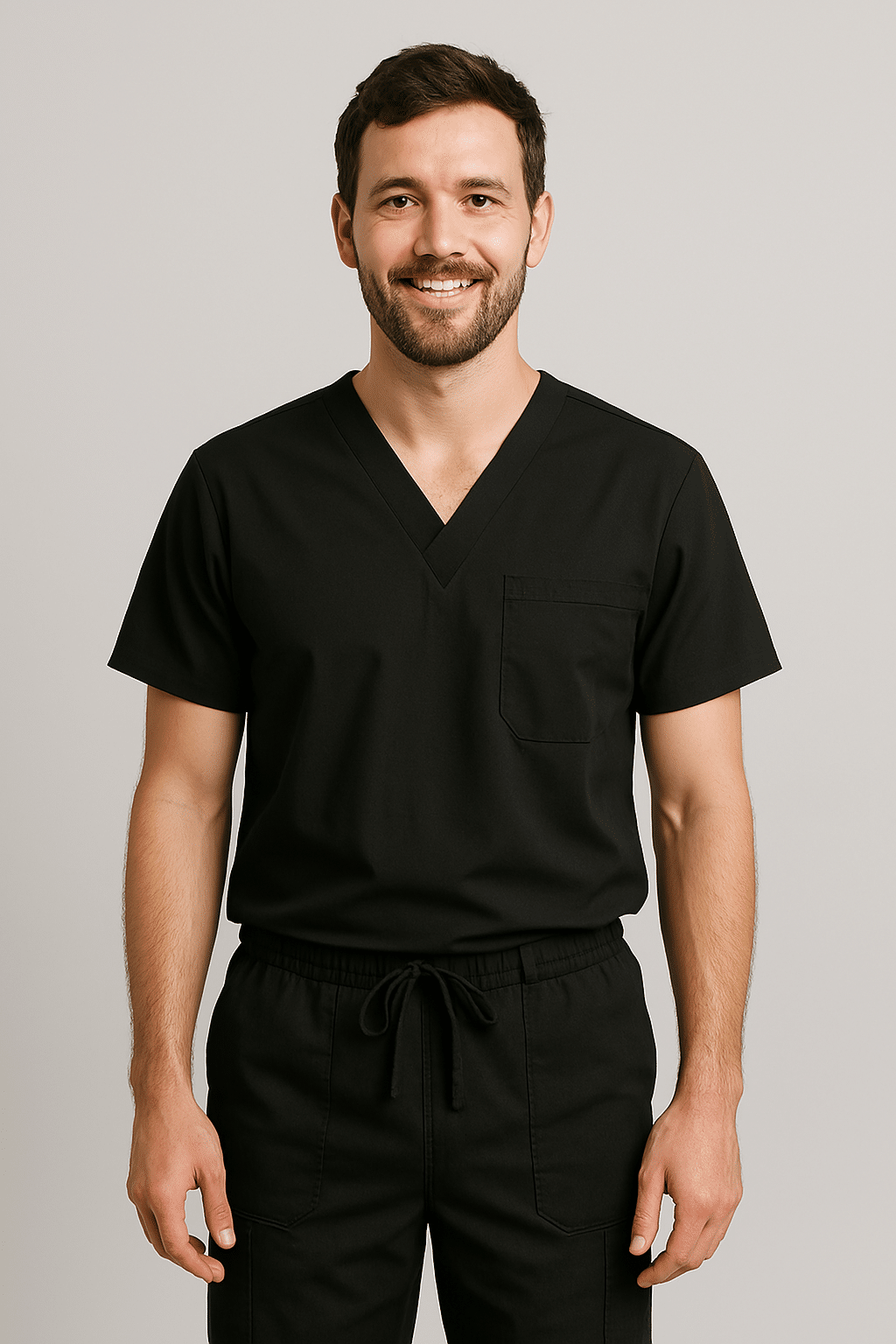Introduction – Uniform Care
Clean, well-maintained uniforms are essential for projecting professionalism, protecting health, and extending garment life. According to a study published in the Journal of Hospital Infection, uniforms worn by healthcare workers become progressively contaminated during a shift, which underscores the importance of proper uniform care. In high-contact industries like healthcare and food service, improper care can endanger both employees and customers. Whether you manage a restaurant, hospital, school or transport company in the UAE, establishing a uniform care plan will help your team look sharp and stay safe.
Daily Cleaning Essentials
Pre-treat Stains Early
Act fast when spills occur. Pre-treating stains before washing makes removal easier. For food stains or ink, apply dish soap, a baking soda paste, or stain remover directly to the spot and blot gently — never rub, as rubbing drives stains deeper into the fabric. Prompt action prevents permanent marks and reduces the need for harsh chemicals.
Read our guide: Coffee house uniforms
Read the Care Label
Each uniform comes with a care label that serves as its instruction manual. Reading these labels ensures you use the correct wash cycle, temperature, and detergent, especially for garments with embroidery or logo printing. Fabrics supplied by uniform manufacturers often require lower temperatures or dry cleaning to preserve stitching and colour. Ignoring the care label can lead to fading, shrinking, or loss of logo clarity.
Choose the Right Detergent
Selecting an appropriate detergent protects colours and fabrics. Use mild, colour-safe detergents for dark or embroidered uniforms and bleach-free options to maintain logo vibrancy. For medical uniforms that need antibacterial care, choose specialized formulas. Add a small amount of baking soda or vinegar to white uniforms to keep them fresh without damaging the fabric. Avoid strong detergents and fabric softeners for delicate fabrics or garments with embroidery.
Separate Whites and Colours
White uniforms, such as lab coats and fine dining attire, require special attention. Wash them separately in hot water if permitted by the care label, pre-treat cuffs and collars, and use whitening boosters sparingly. Heavy bleach should be avoided unless the fabric allows it, as bleach weakens threads and can ruin embroidery.
Drying, Ironing and Storage
Drying
Some uniforms, especially durable cotton blends, can be tumble-dried. Others with delicate tailoring or embroidery fare better when air-dried to avoid shrinkage and damage. The UAE’s warm climate makes air drying an efficient and eco-friendly option. When using a tumble dryer, select a low-heat setting to prevent melting synthetic fibres or fading printed logos.
Read our guide: Uniform stitching
Ironing and Steaming
Ironing keeps uniforms sharp and presentable. Use medium heat for cotton garments and low heat or steam for delicate fabrics or those with printed logos. Turn printed or embroidered garments inside out before ironing to preserve branding quality. Steamers can be a gentle alternative for removing wrinkles without applying direct heat.
Read our guide: Housemaid uniforms
Storage
Proper storage prevents wrinkles and protects fabrics. Store clean uniforms in a dry, shaded area to prevent fading from sunlight. Use garment bags for seasonal uniforms and avoid overcrowding closets, which can stress seams and cause wrinkles. Assign dedicated storage spaces at work so employees can hang uniforms neatly after laundering.
Read our guide: Driver uniforms
Specialized Considerations
Cleaning Uniforms with Embroidery or Print
Garments with embroidery, tailoring, or logo printing require extra care. Always wash them inside out, use cold or lukewarm water, and skip the dryer when possible. Avoid strong detergents and fabric softeners, as they can damage threads and cause colours to bleed. Gentle handling preserves the appearance and longevity of custom uniforms.
Claim for Cleaning Expenses
Some UAE businesses offer laundry allowances or manage uniform cleaning in-house. While not legally required for all sectors, hospitality and healthcare industries often encourage employers to support cleaning expenses. Providing cleaning allowances can improve compliance with hygiene standards and ensure staff maintain a consistent appearance.
Rotation and Protective Gear
Investing in multiple sets of uniforms reduces wear and tear and ensures team members always have a clean garment available. Protective outerwear such as aprons, gloves, or overcoats can protect uniforms from damage and reduce the need for frequent washing. Replace worn-out pieces promptly when fading, fraying, or logo damage appears. Many uniform suppliers in UAE offer repair and replacement services, particularly for custom garments.
Professional Cleaning Services
For high-end uniforms or garments with specialized embroidery, professional dry cleaning is often the safest option. In the UAE’s major cities, reputable dry cleaners specialise in uniform care and offer pick-up and delivery services. Partnering with a local provider ensures consistency, hygiene, and garment longevity.
Conclusion – Uniform Care
Uniforms carry your brand’s reputation, influence employee morale, and can impact health and safety. Proper cleaning and maintenance are therefore critical. By pre-treating stains, following care labels, choosing appropriate detergents, and storing garments correctly, businesses can prolong the life of their uniforms and keep staff looking professional. Investing in multiple sets, offering cleaning allowances, and partnering with professional cleaners further elevates your uniform program. In the UAE’s demanding business environment, a disciplined approach to uniform care is essential for presenting a polished and hygienic image.



